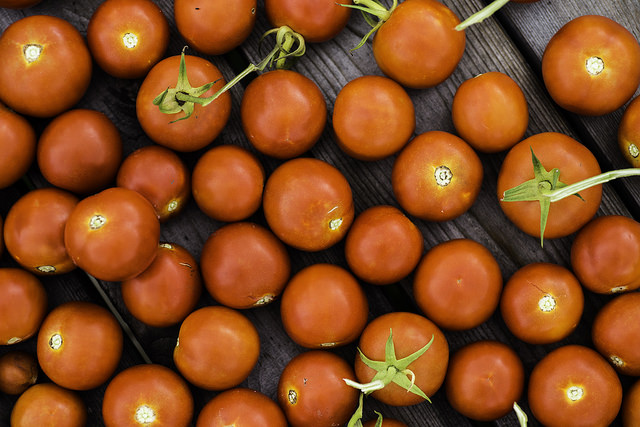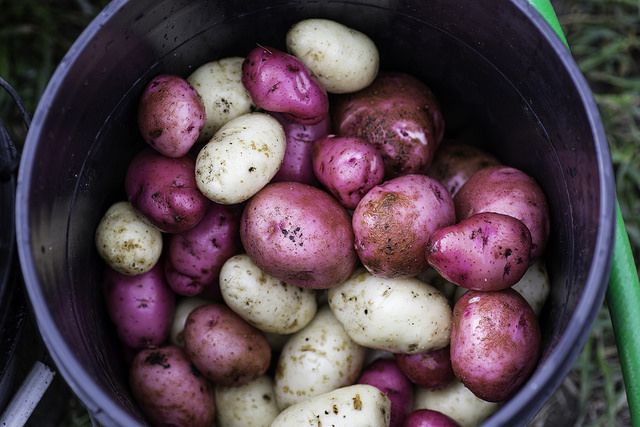You can attribute this change in market demand to education. You can attribute it to the mass awakening happening around the planet. But either way, you can’t argue with the numbers. Eating organic is no longer ‘fringe’ or something done solely by health-nuts and athletes, hippies, and paranoids. In fact, consumer demand for organic food is seeing double digit growth year over year, and it doesn’t show signs of stopping.
Over 20,000 stores now offer organic food products. A report has shown that in 2012, more than $28.4 million was spent on healthful organic food, and that number has grown since the report published such findings. According to Nutrition Business Journal, organic food sales will reach a startling $35 billion this year. For those of us who don’t take our health for granted, this is just the beginning of a food revolution.
We’re eating better in every category of food, too, not just organic apple and oranges. People are boycotting toxic food-producing companies faster than you can say ‘lawsuit’ as they realize we’ve been lied to. People now know that something made in vats with chemical additives or spliced and diced with GMOs is anything but ‘natural.’
We are turning away from companies like Kellogg’s and Pepsi-Co, Coca-Cola, and Kraft to companies that we can actually trust – companies that don’t sell us non-food and call it food.

While fresh fruits and vegetables leading the way in organics for the past three decades, and accounting for 43% of U.S. organic food sales in 2012, dairy, bread, packaged foods, snack foods, meat, poultry, seafood, and even condiments are seeing an up-turn in organic sales.
For now, individuals are purchasing their organic foods primarily through conventional and natural food supermarkets and chains, according to the Organic Trade Association (OTA), but this is also changing as more people turn to food co-ops and even neighbors for fresh, organic food.
We’ve come a long way since the organic food movement’s beginnings. Yes, our grandparents and great-grandparents just grew… food. They didn’t even call it organic, though they often didn’t use pesticides or herbicides, and certainly not petroleum-based or chemical fertilizers.

Indeed, growing our own food is becoming an absolutely essential part of our collective future.
In the same way that petrochemical companies don’t want to see the impending evolution of solar and wind power, Big Ag doesn’t want to accept what is happening with our food consciousness. We know better now, and so we ask for better. Our wallets are truly determining the future food landscape.
